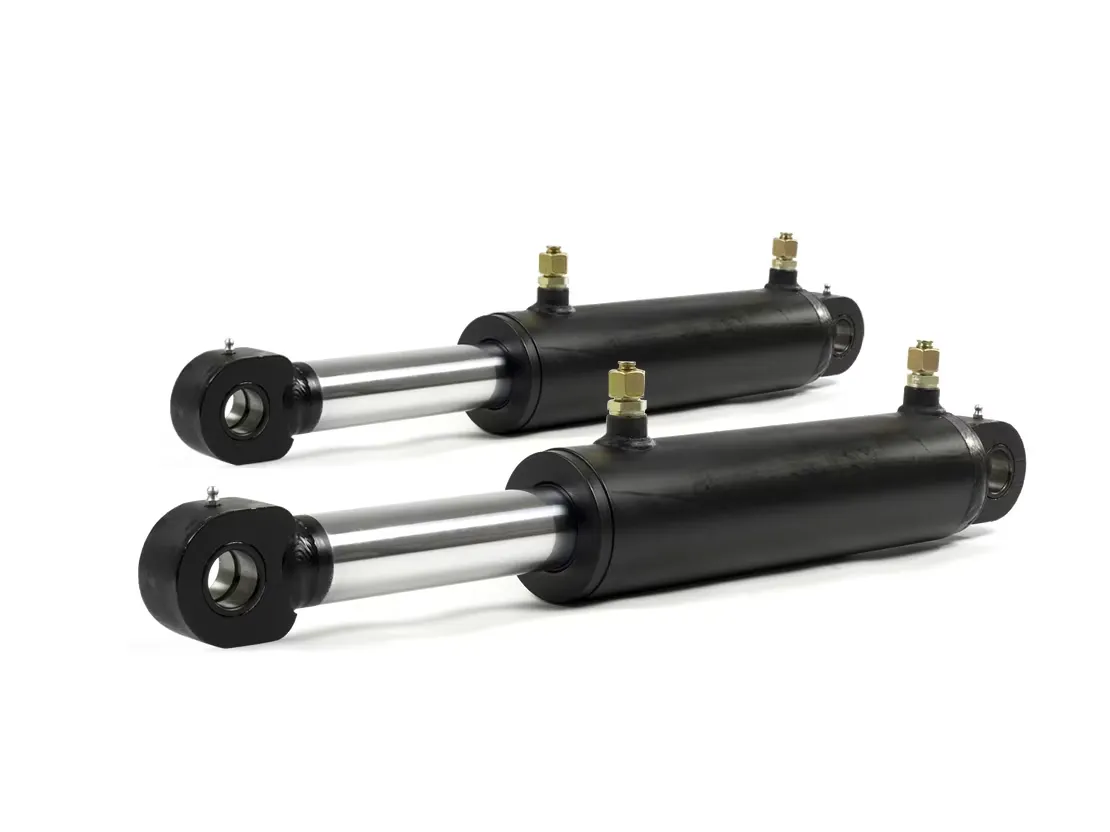hydraulic cylinder
The hydraulic cylinder is a fundamental component in various mechanical systems, providing linear force and motion through the conversion of hydraulic energy into mechanical force.
Power and Reliability for Enhanced Performance
The hydraulic cylinder is a vital component in mechanical systems, providing power, precision, and versatility. Its robust construction, piston and cylinder assembly, and seamless integration into hydraulic systems make it an indispensable device in various industries. By understanding its features, proper usage methods, and maintenance requirements, users can harness the benefits of hydraulic cylinders to enhance productivity, efficiency, and safety in their mechanical systems. Embrace the hydraulic cylinder and unlock a world of power and precision in your applications.
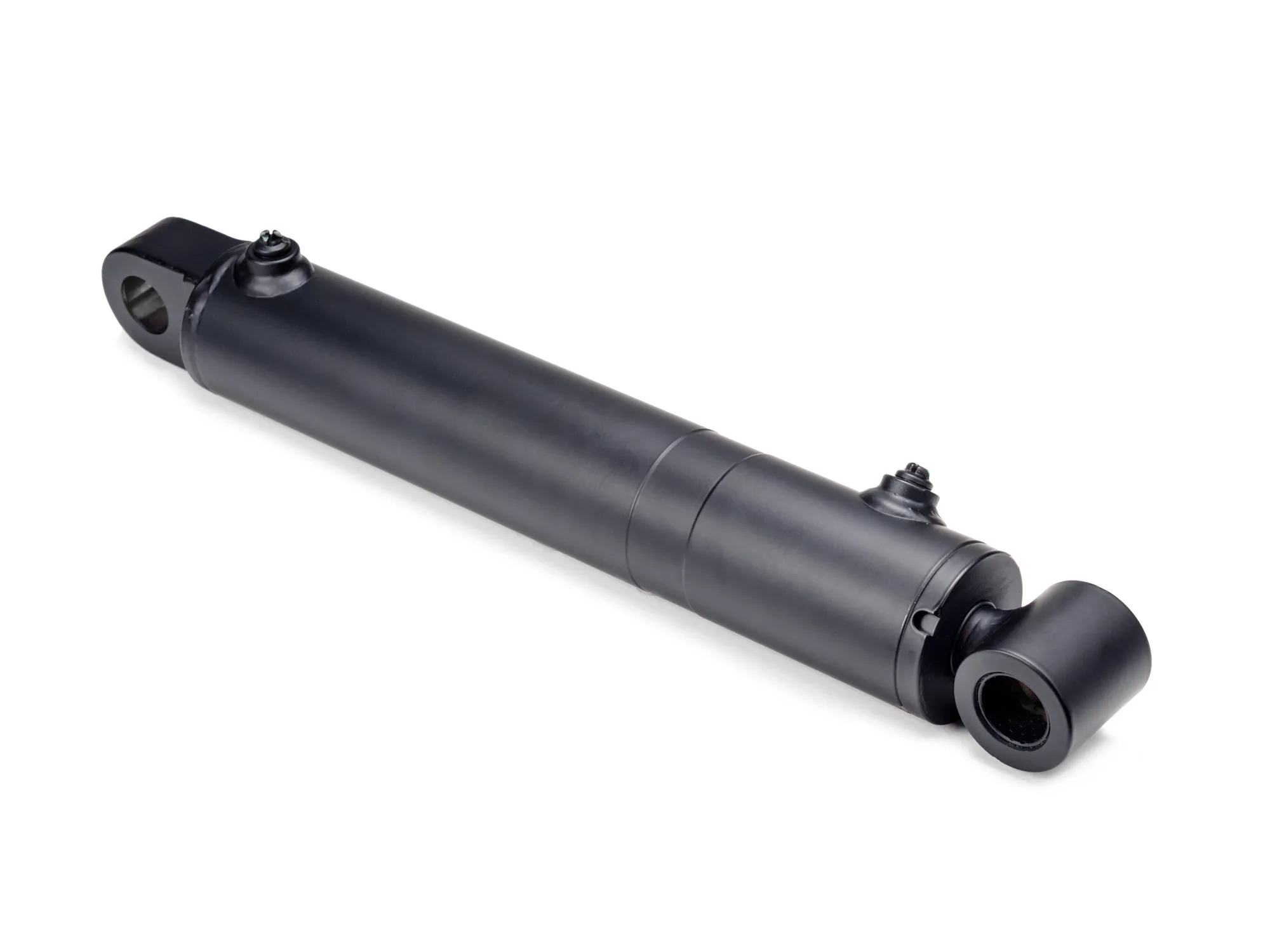
What is a hydraulic cylinder

Usage method
Installation: Proper installation of a hydraulic cylinder is essential for optimal performance. Ensure correct alignment and attachment to the system, following manufacturer guidelines. Securely connect hydraulic hoses or fittings to prevent leaks and ensure efficient fluid transmission.
Hydraulic System Integration: Hydraulic cylinders are integrated into hydraulic systems that consist of a pump, reservoir, valves, and control mechanisms. The hydraulic system should be designed to match the requirements of the specific application and provide the necessary fluid pressure and flow rate.
Operational Control: Control the movement of the hydraulic cylinder using the hydraulic system’s control mechanisms, such as control valves or electronic controls. Precise control allows for accurate positioning, speed adjustment, and synchronization with other components in the system.
Application-Specific Use: Hydraulic cylinders find diverse applications, including lifting heavy loads, actuating machinery, steering systems, and precise positioning tasks. Follow safety protocols and manufacturer guidelines for each specific application to ensure safe and efficient operation.
High-Performance Hydraulic Cylinder for Sale – Efficient and Reliable
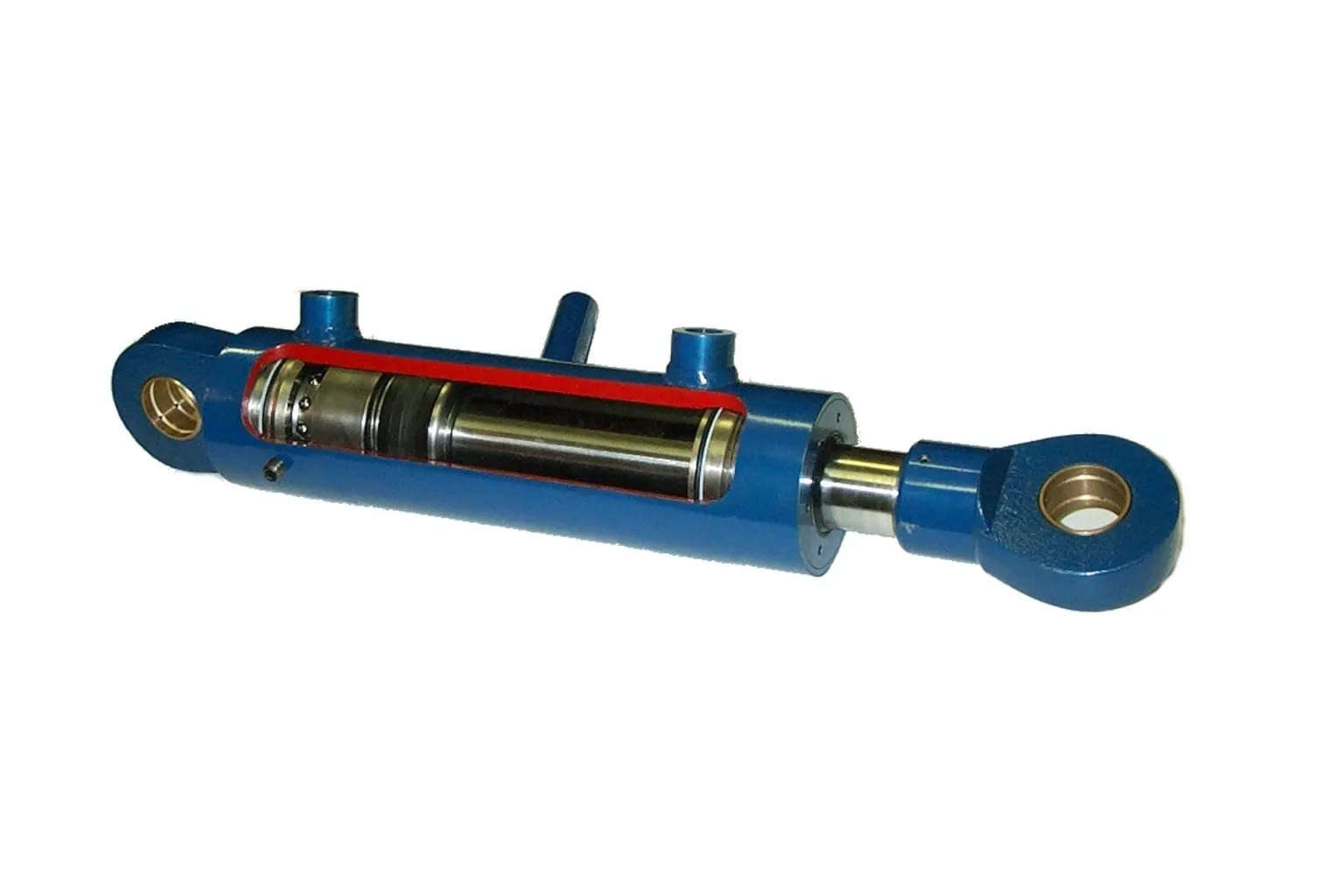
Maintenance
Regular maintenance ensures the longevity and reliable performance of hydraulic cylinders.
Inspection: Regularly inspect the hydraulic cylinder, including the piston, cylinder walls, seals, and connections, for signs of wear, damage, or leaks. Address any issues promptly to prevent further damage or potential hazards.
Fluid Checks: Monitor hydraulic fluid levels and quality regularly. Check for contaminants or signs of degradation. Maintain the recommended fluid level and replace or filter the fluid as required to ensure optimal performance.
Seal Replacement: Seals play a crucial role in preventing hydraulic fluid leakage. If seals show signs of wear or damage, replace them promptly with high-quality seals recommended by the manufacturer.
Lubrication: Proper lubrication of moving parts, such as the piston and seals, is essential for smooth operation. Follow manufacturer guidelines for lubrication intervals and use recommended lubricants.
HYDRAULIC CYLINDER FOR SALE
Versatility and Adaptability for Various Applications
Key Features
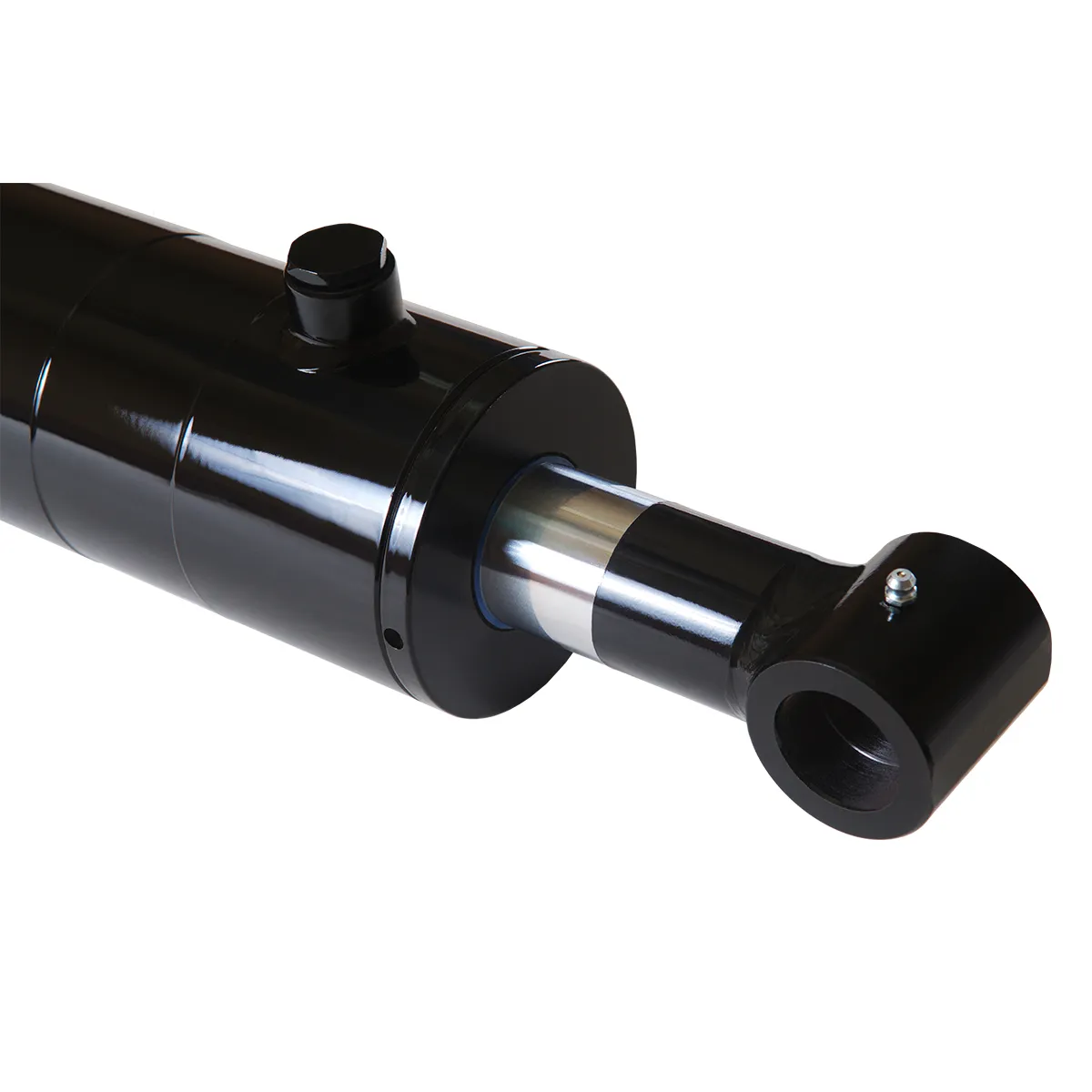
Robust Construction
Hydraulic cylinders are built to withstand high-pressure environments and heavy loads. They are constructed with durable materials such as steel or aluminum, ensuring long-term reliability and performance.
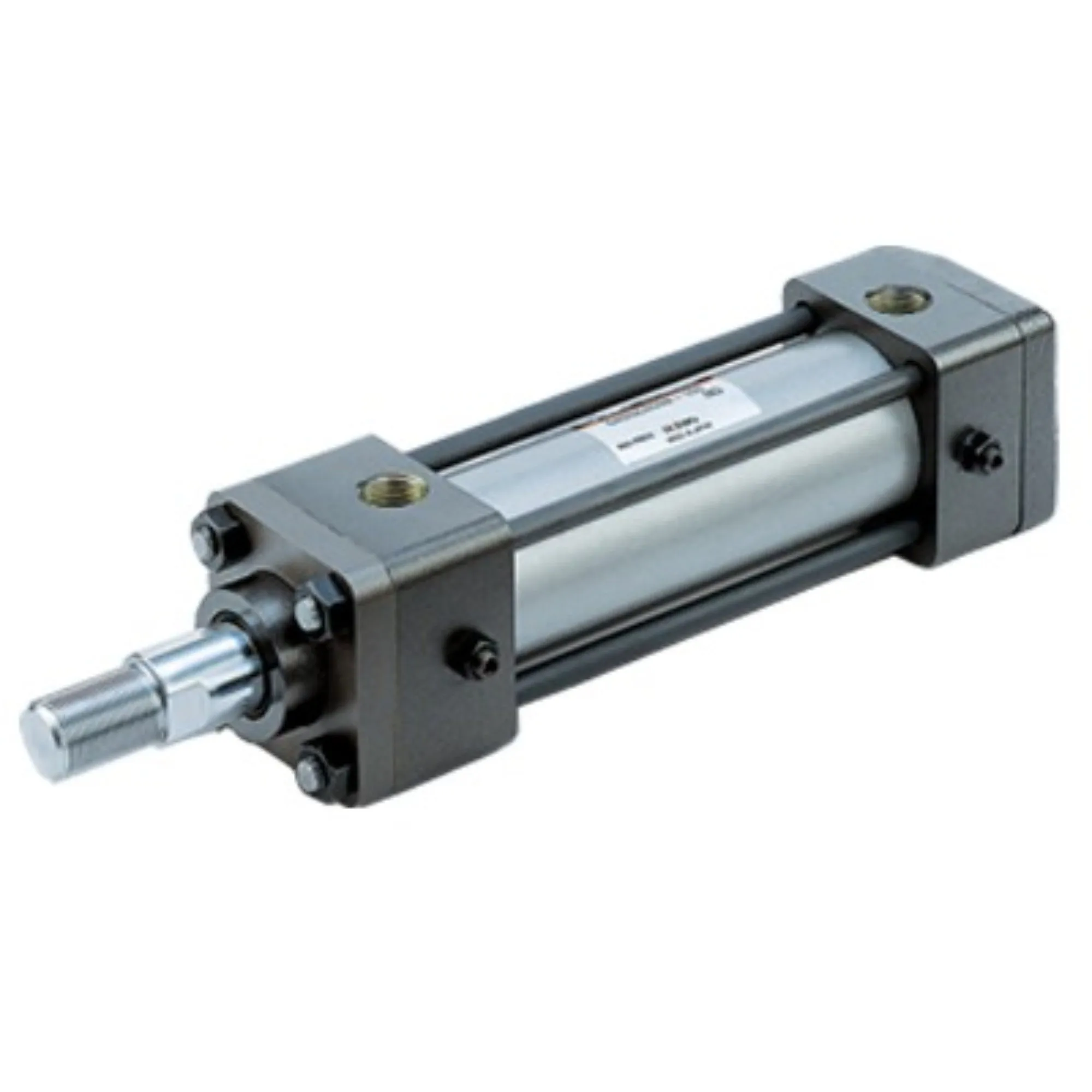
Piston and Cylinder Assembly
The core of a hydraulic cylinder consists of a piston and cylinder assembly. The piston moves within the cylinder, creating the necessary force and motion to perform work. The precise fit between the piston and cylinder minimizes leakage and ensures efficient operation.

Hydraulic Fluid
Hydraulic cylinders rely on hydraulic fluid or oil to transmit force. The fluid is pressurized using a hydraulic pump and controlled by valves, allowing for precise and controlled movement of the piston within the cylinder.
What are you waiting for?
